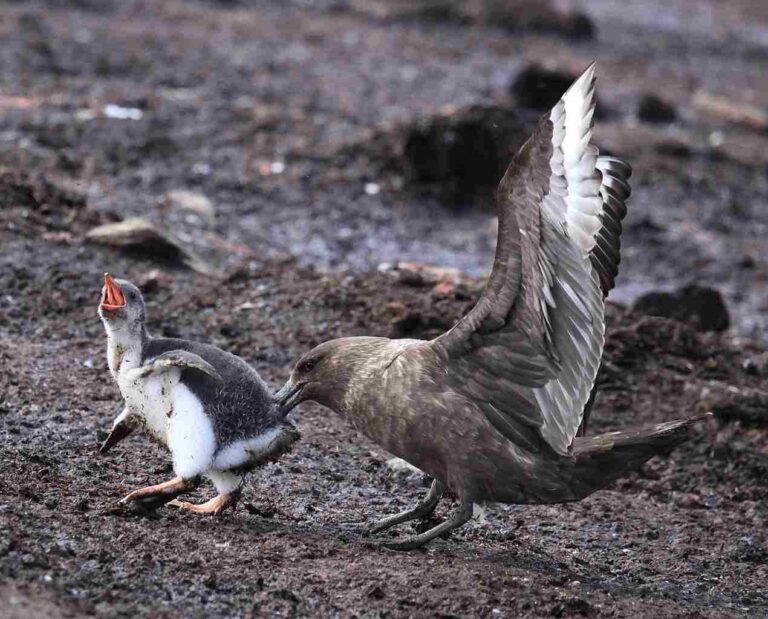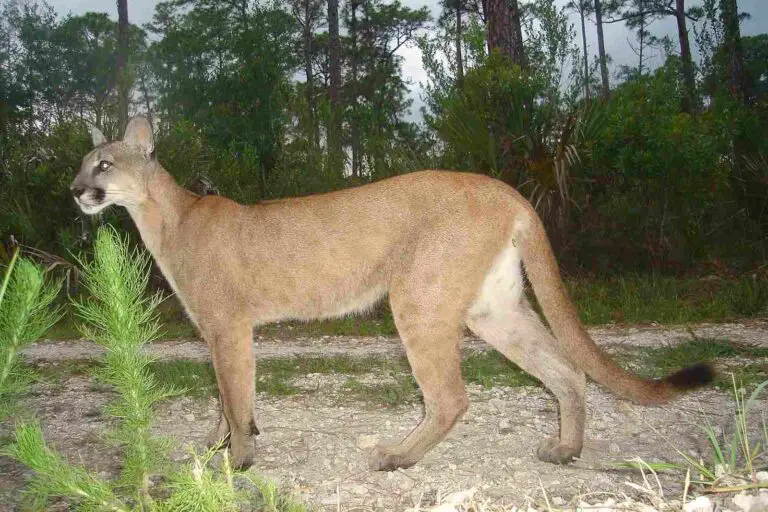Soil Erosion Meaning, Process and Stages Explained
Soil erosion is the disaggregation and removal of loose earth materials by wind or water. This article discusses soil erosion meaning, process and stages, according to the following outline;
-Soil Erosion Meaning: 8 Ways to Define Soil Erosion
Soil Erosion Meaning: 8 Ways to Define Soil Erosion
Soil erosion is the physical disintegration, and displacement of soil from its original position.
One concept that can be used to explain soil erosion is the concept of sedimentation. The following soil erosion meaning, is defined based on the sedimentation process;
Soil erosion is the displacement of loose soil during the process of sedimentation, between the stages of weathering and transport [2].
An alternative soil erosion meaning can be given in terms of the basic dynamics of this process;
Soil erosion is the physical displacement of the upper soil layer after it is loosened by the impact of various geological agents.
The above definition highlights the importance of agents of erosion. Some of these erosion ‘agents’ are mentioned in the soil erosion meaning that is given below;
Soil erosion is the denudation and displacement of earth materials by various agents such as wind, flood, glacier and waves [1].
Causes of erosion are different from agents of erosion, in that the former may refer to direct or indirect influences, while the latter refers to direct influences. In the alternative version of soil erosion meaning that is given below, some causes of soil erosion are highlighted;
Soil erosion is the disintegration and removal of soil as a result of natural and manmade causes such as flooding, deforestation, poor mining and construction practices, faulty water dams, poor agricultural practices like overgrazing, and climate change.
The following soil erosion meaning, portrays the concept as a form of environmental degradation;
Soil erosion is a type of environmental degradation whereby land resources are lost through soil leaching, displacement, and landform alteration.
In the field of agriculture, soil erosion is a major challenge [3]. As a result, sustainable farming has been developed in the effort to address risks posed by erosion. The following soil erosion meaning further states this;
Soil erosion is an agricultural hazard that involves loss of top soil, leaching of nutrients, and low agricultural productivity.
Lastly, soil erosion meaning is given on the basis of possible solutions to erosion;
Soil erosion is the degradation and loss of soil by the action of wind or water, which can be controlled through environmental remediation practices in the form of soil restoration, bioremediation, soil conservation; and sustainable farming practices like crop rotation and contour cropping.

Process of Soil Erosion
The process of soil erosion comprises of two stages which are; disaggregation and displacement.
It is important to note that soil erosion is different from soil weathering, transport and deposition, which are distinctive stages of the sedimentation process.
Therefore, it is wrong to include transport or deposition as stages in the process of soil erosion, since these are distinctive sedimentation phenomena.
With this said, the two stages in the process of soil erosion are discussed below;
1). Disaggregation (as Part of the Process of Soil Erosion)
Disaggregation, breakdown, denudation or disintegration, refers to the detachment or loosening of physicochemical bonds between the particles that make up rocks.
It primarily occurs during weathering, which is the stage before erosion. However, disaggregation can also occur in erosion.
The causes of disaggregation are mostly physical, and involve the impact of force on earth materials. This could be through splashing or scouring [4].
Chemical processes like dissolution can also cause earth materials to disintegrate.
The products of disaggregation are particles or aggregates that can be referred to as soil.
Disaggregation during erosion, does not always involve the breakdown of rocks. In some cases, it refers to the loosening and separation of soil masses.
Some factors increase the risk and severity of disaggregation. These include deforestation and excessive tillage.

2). Displacement (as Part of the Process of Soil Erosion)
Displacement occurs after earth material has undergone disaggregation.
The displacement that occurs during soil erosion is not the same as sediment transport. It is the initial shift in position of the soil particles, whereby their original spatial distribution is altered. This is not the same as transport which can occur over significant distances.
Erosional displacement has to do with the redistribution of soil particles after they have been separated from each other. It is the prelude to actual transport, and may be caused by wind or water. Displacement is a very important stage of erosion, and provides physical proof that erosion has occurred.
Conclusion
Soil erosion is the disintegration and displacement of earth materials by wind, water, glacier or waves.
The meaning of soil erosion can be defined based on various factors. These include process, causes, agents, effects, prevention and solution, agricultural relevance, and geologic relevance.
Causes of soil erosion may be natural or manmade. Natural causes include flooding, forest fires, drought, and desertification. Manmade causes include overgrazing, excessive tillage, deforestation, poor mining and construction practices, and climate change.
The process of soil erosion is made up of two main stages, which are; disaggregation and displacement.
Disaggregation is the loosening and detachment of physicochemical bonds between earth materials.
Displacement is the re-orientation and redistribution of the aggregates or soil particles. It differs from transport, which could involve long distance movement of soil.
References
1). Balasubramanian, A. (2017). “Soil Erosion- Causes and Effects.” Available at: https://doi.org/10.13140/RG.2.2.26247.39841. (Accessed 26 August 2022).
2). Lancaster, N. (2005). “Aeolian erosion, transport and deposition.” Available at: https://www.researchgate.net/publication/237080550_Aeolian_erosion_transport_and_deposition. (Accessed 26 August 2022).
3). Thapa, S. (2014). “Soil Erosion: An Agricultural Production Challenge.” Available at: https://www.researchgate.net/publication/267213989_Soil_Erosion_An_Agricultural_Production_Challenge. (Accessed 26 August 2022).
4). Wuddivira, M.; Stone, R. J.; Ekwue, E. I. (2009). “Clay, Organic Matter, and Wetting Effects on Splash Detachment and Aggregate Breakdown under Intense Rainfall.” Soil Science Society of America Journal 73(1). Available at: https://doi.org/10.2136/sssaj2008.0053. (Accessed 26 August 2022).



